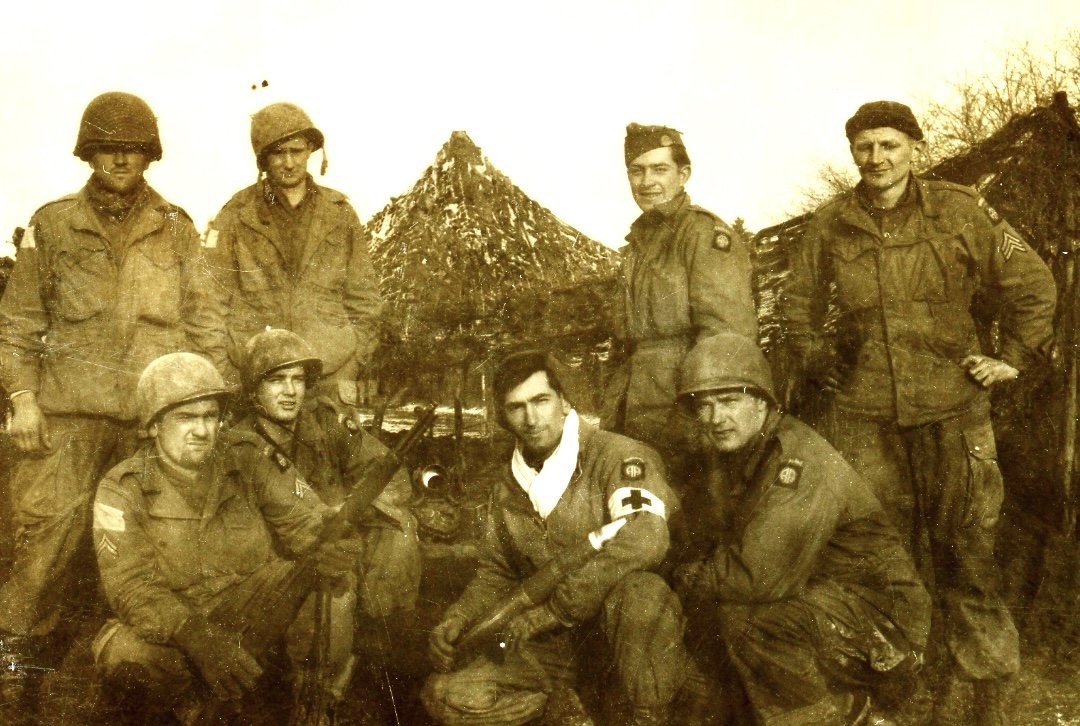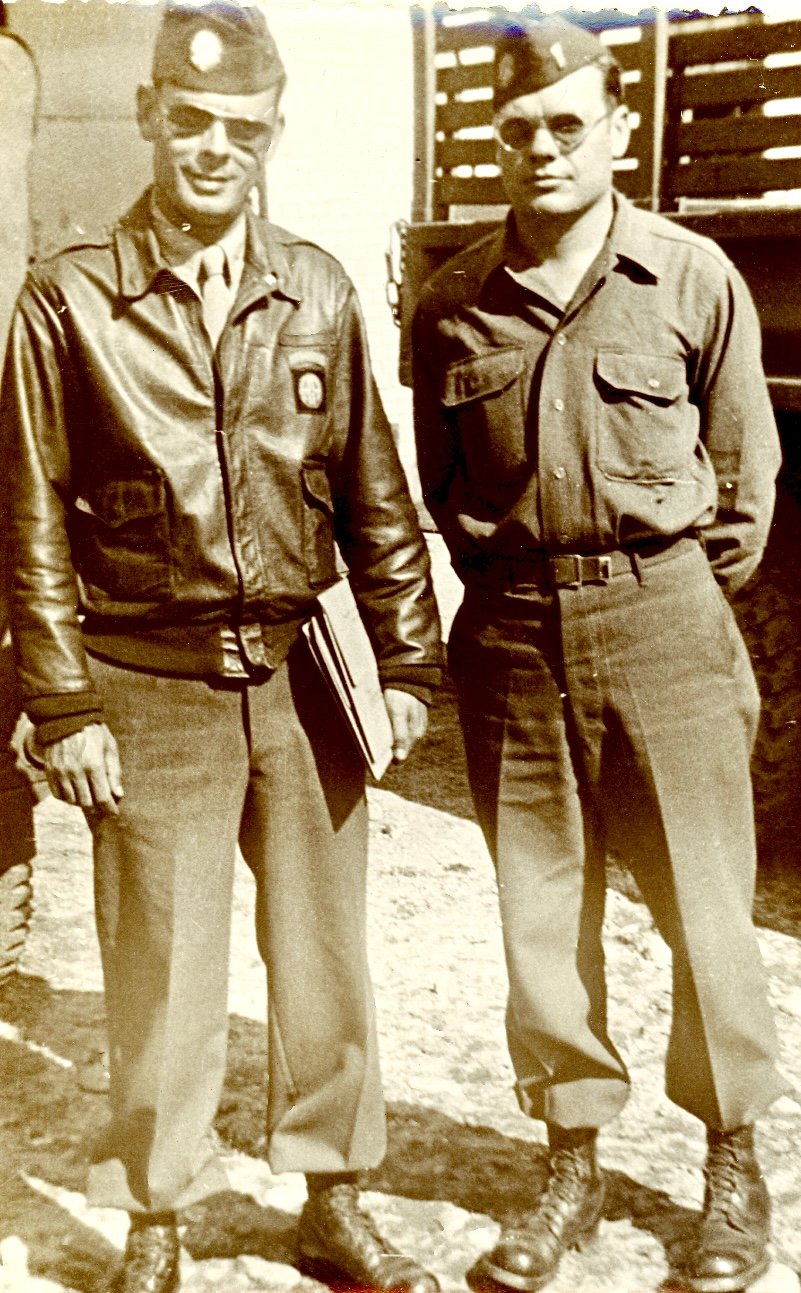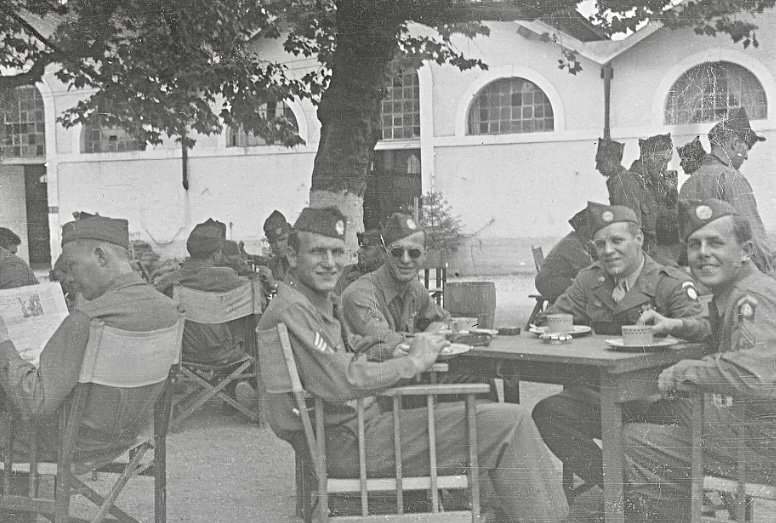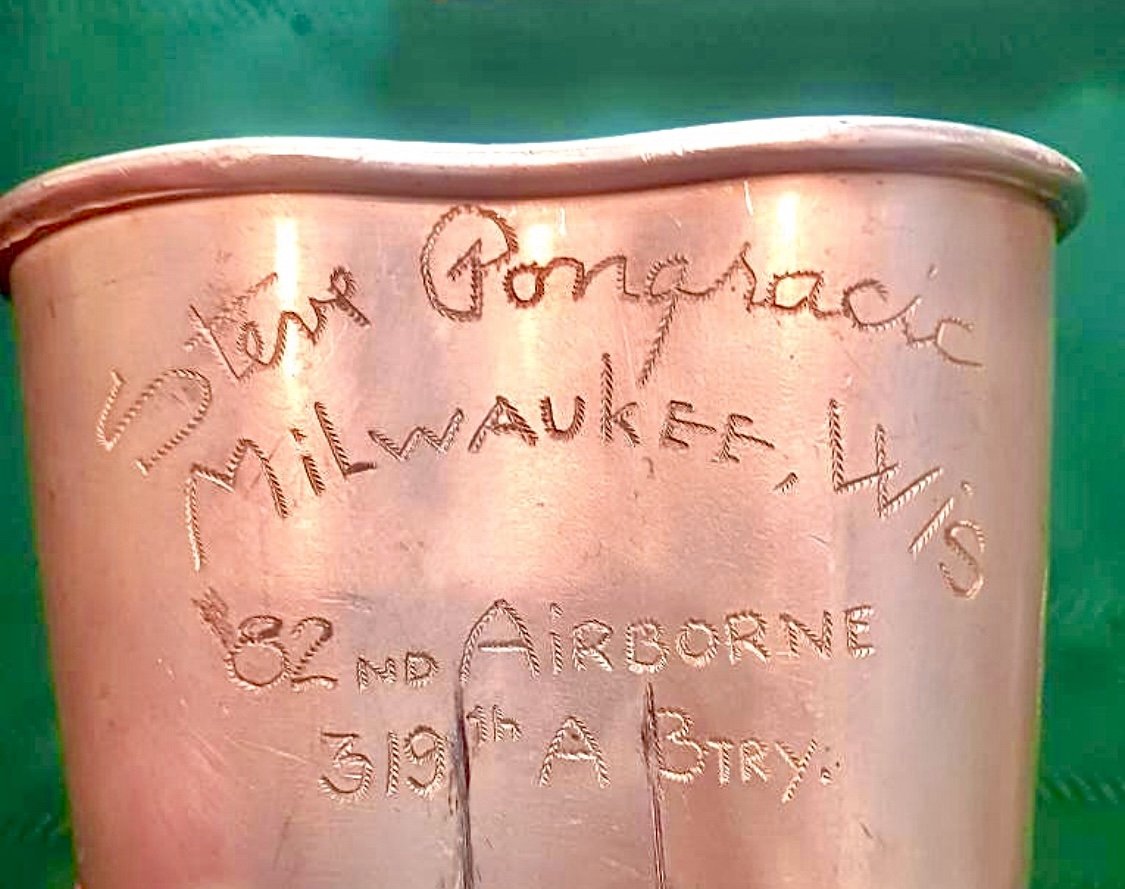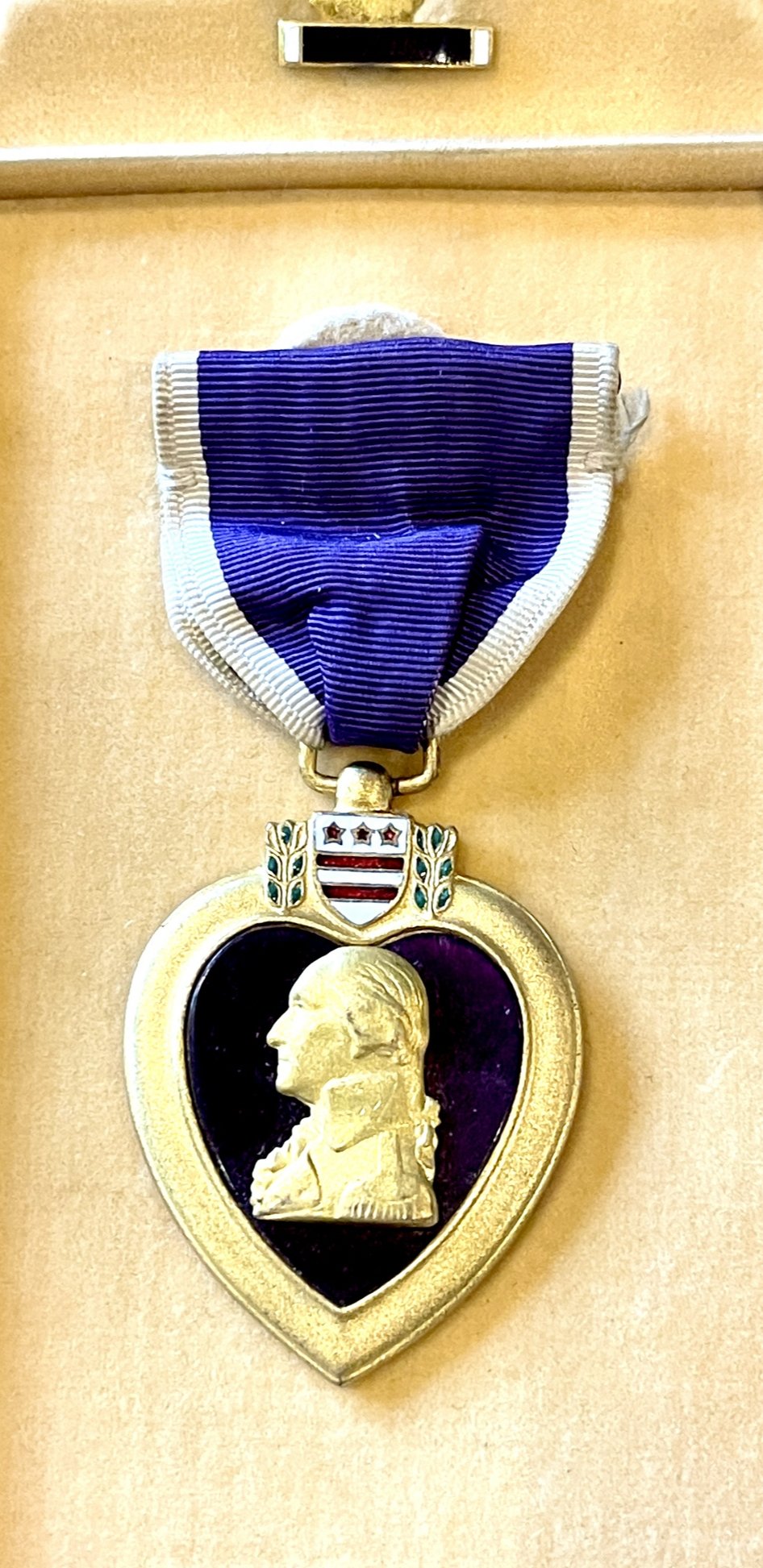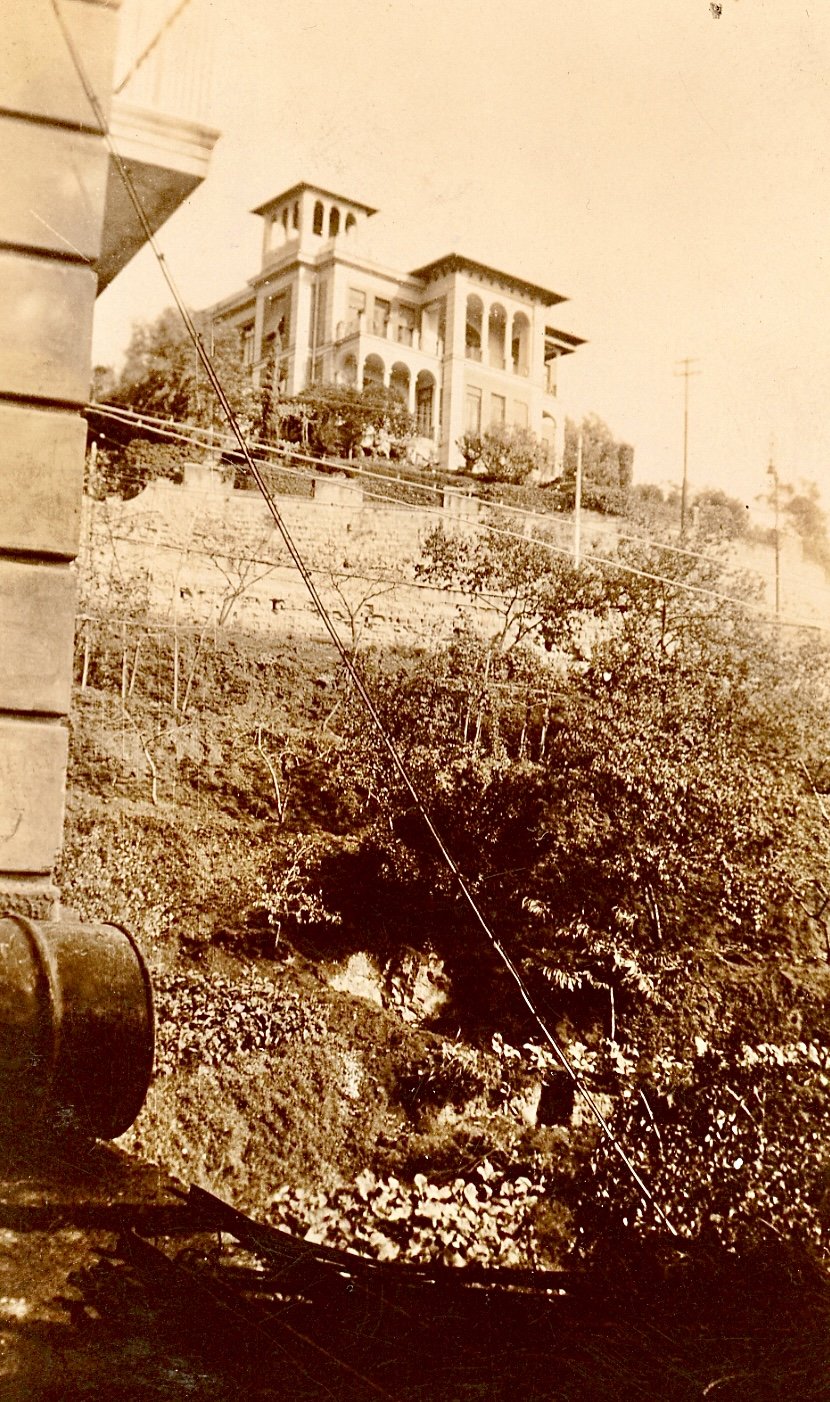Steve Pongracic
ASN:36289418
Private Steve Pongracic
Fort Bragg, NC - 1943
Steve F. Pongracic registered for the draft on October 16, 1940. Born November 29, 1917 in Milwaukee, Wisconsin, he was employed by Omar Bakery, Inc., Milwaukee, Wisconsin, at the time of his registration.
This twenty-two year-old enlisted in the US Army on December 22, 1942. He was 5’-6”, 145 pounds with a light complexion, blue eyes, and blonde hair. No identifying physical characteristics were listed at the time of his registration.
Steve Pongracic entered the service at Fort Sheridan, Illinois. He became a member of the 319th Field Artillery, and trained with A-Battery, 82nd Airborne Division, Ft. Bragg, North Carolina.
He traveled with the battalion aboard the SS Santa Rosa to North Africa arriving in Casablanca May 10, 1943.
Company Morning Reports
Company Morning Reports were produced every morning by the individual Army units to record personnel matters. The following events for Steve Pongracic were reported:
July 2, 1943, assigned temporary duty 80th A/B AA Battalion. Station: Kairouan, Tunisia.
July 12, 1943, SD 80th A/B AA to duty 2130 hours. Station: Kairouan, Tunisia.
June 15, 1944, wounded in action (right wrist) June 6, 1944, remained duty. Station: 2 miles east of Ste Mere Eglise, France.
January 9, 1945, appointed Private First Class from Private. Station: Camp Suippes, VT6863, Nor D’Guerre.
June 23, 1945, transferred to Btry “A” 681st Glider FA Battalion. MOS (Military Occupation) 521. Station: Camp Epinal, France.
PFC Pongracic fought in the major campaigns of Sicily, Naples-Foggia, Normandy, Ardennes, Rhineland, and Central Europe. See a map of the 82nd Airborne Mediterranean-European Theater of Operations.
In July of 1943, the 319th Glider Field Artillery was called on to participate in the invasion of Sicily, known as Operation Husky.
Stationed near Bizerte, Tunisia, it was to be the 82nd Airborne’s first large-scale operation and one which called for close co-operation with our naval forces. Sadly, when tragic errors resulted in airborne personnel being killed by friendly fire, the role of the 319th was canceled at the last moment.
Steve Pongracic
November 8, 1943
On September 11, 1943, the 319th sailed from Tunisia, North Africa, and received orders to land immediately at Maiori, Italy, with the mission of supporting an existing Ranger force. (1st, 3rd, 4th Battalions) That evening the 319th landed on the beach at Maiori at 2250 hours and immediately occupied a mountainous position 5 miles north of the beach known as the “Chiunzi Pass.”
For the next 19 days the 319th fired more than 12,000 artillery rounds over the mountain range and through the Chiunzi pass targeting truck columns, troop movement and supply dumps, road junctions, enemy 88-gun positions and ammo supplies, tanks and rocket batteries as well as other enemy activity along Highway 18 just outside of Naples.
On October 1, 1943, the 319th entered Naples, Italy, for occupational duty. Their occupation duties involved several days of combat beginning October 5th, at the Volturno River near Villa Literno, Italy.
Private Pongracic was bivouacked in the now Villa Brilla located in the Via Tasso district of Naples, commanding an amazing view of the Gulf of Naples. (see photos below presented in a slideshow fashion and side controls to the next or previous image)
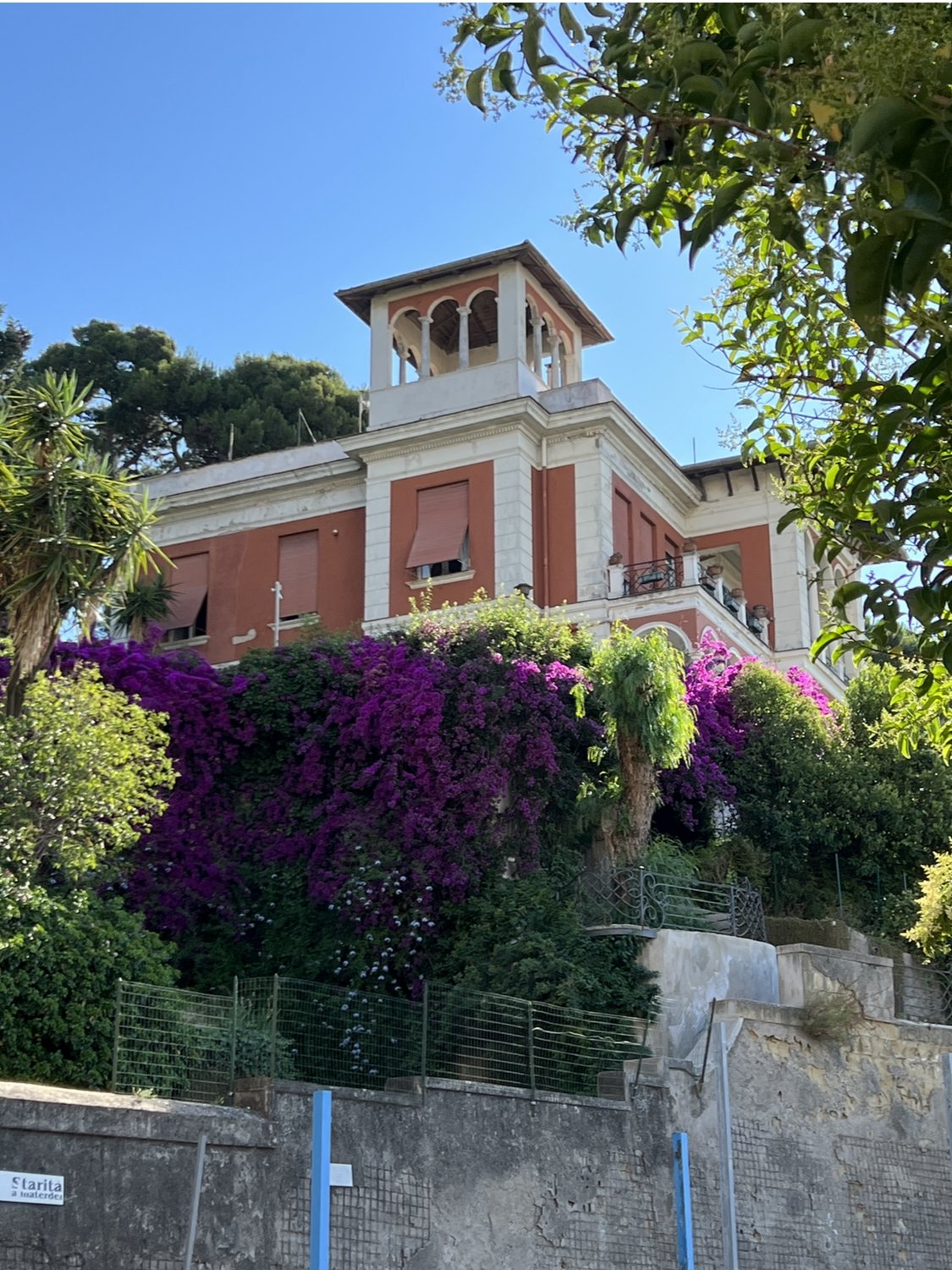

During the winter of 1944 the 82nd Airborne Division was now stationed in Market Harborough, a town near Leicester, England, preparing for the Allied invasion of northern France.
The 319th was bivouacked at Papillon Hall, a 300 acre estate built in 1620. Market Harborough was also a British Royal Air Force station, a place for allied military training, and also where glider troops went for training (see photos below) and replacement soldiers. Papillon Hall itself was a large structure, set-out in a butterfly pattern (Papillon means butterfly in French) with four distinct wings. The soldiers lived in the main building and a cluster of Quonset huts. But no space was wasted, soldiers also slept in horse stables and barns.
A veteran like himself, Pongracic was also required to maintain his glider qualification with a flight at least every 90 days. Now that the battalion had access to nearby Cottesmoore airfield, all this could be accomplished.
During the Normandy D-Day invasion Steve Pongracic glided into Normandy with A-Battery the evening of June 6, 1944. He rode in a British Horsa glider and landed in the German front lines just north of the town of Ste Mere Eglise, France, which resulted in 2 officers and 15 enlisted men killed, 6 officers and 86 enlisted men wounded.
CG4A glider crash - Normandy
The A-Battery soldiers and others freed themselves from their crashed Horsa gliders and were immediately under enemy small arms fire. Private Pongracic was wounded in the glider landing but remained on duty.
With more than 30 days of intense fighting the 319th was relieved of combat duty on July 12, 1944. The following day they were issued new uniforms and boots then marched from a staging area three miles to Utah Beach. The 319th departed Normandy by sea on LST 212 (Landing Ship Tank) to their rear echelon base camp at Papillon Hall, Market Harborough, England.
Steve Pongracic - Ste. Mere Eglise, France - July 1944
The 82nd Airborne spearheaded the invasion of Holland in September 1944, and later fought in the Battle of the Bulge (see photos below) and combat operations near Hurtgen and Cologne, Germany. Throughout these campaigns Pongracic was generally assigned to the A-Battery gun section of the 319th.
Photos below presented in a slideshow fashion and side controls to the next or previous image




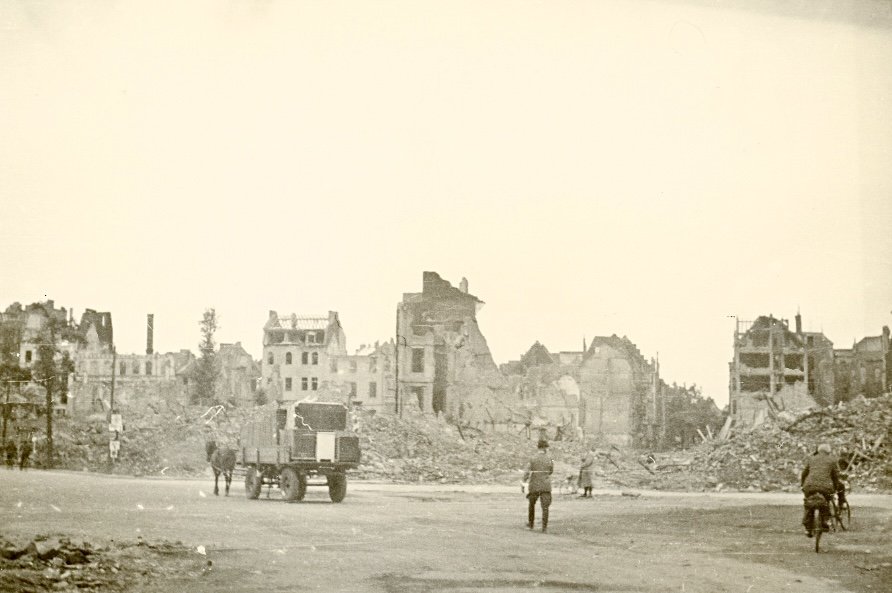

Following both the Holland and Belgium campaigns, the 82nd Airborne was resting and training at its base camps in Sissone, Suippes and Laon, France.
The 319th was also bivouacked at Camp Suippes, the RAMP camp (Recovered American Military Personnel) in Sissone and “Camp Chicago” in Laon, France, as well.
The 319th passed a division review and made mandatory glider flight training at “Camp Chicago.”
Photos below presented in a slideshow fashion and side controls to the next or previous image



The unconditional surrender of the German Army was signed on May 7, 1945. Following a final series of qualifying glider flights at the Marchais Airfield, the 319th was loaded on board a train for Epinal, France, some 200 miles southeast of Laon.
The most popular topic of conversation continued to be the Army’s new point system governing who would be eligible for discharge and who would be retained, perhaps including redeployment to the Pacific theater of operations.
In June 1945, all the men with 85 or more points (the point system the U.S. Army used at the end of the war to determine when soldiers were eligible for discharge) Pongracic included, were transferred from the 82nd to the 681st Glider Field Artillery of the 17th Airborne division.
Those men with less than 85 points from the battalion were, likewise, transferred to the 319th. It was a giant reshuffle which allowed the 82nd to remain active at full strength, allowing an administrative avenue through which its most veteran personnel were sent home and discharged. The so called “low point” soldiers were transferred to Berlin for occupational duty.
PFC Pongracic was one of many “High Point” soldiers with a score of 108 points who returned to the USA arriving in Boston, Massachusetts on September 14, 1945.
His service was awarded with the Good Conduct Medal, Distinguished Merit Badge, Purple Heart, European/African Middle Eastern Service Medal, one silver service star, one bronze service star, four overseas service bars and one bronze service arrowhead.
Steve Pongracic, 71, died June 5, 1989.
God Bless this hero.
Photos and content courtesy of the Pongracic family and Joseph Covais, author of BATTERY.
WW2 memories courtesy of the Pongracic family.
(see photos below presented in a slideshow fashion - side controls to the next or previous image)






